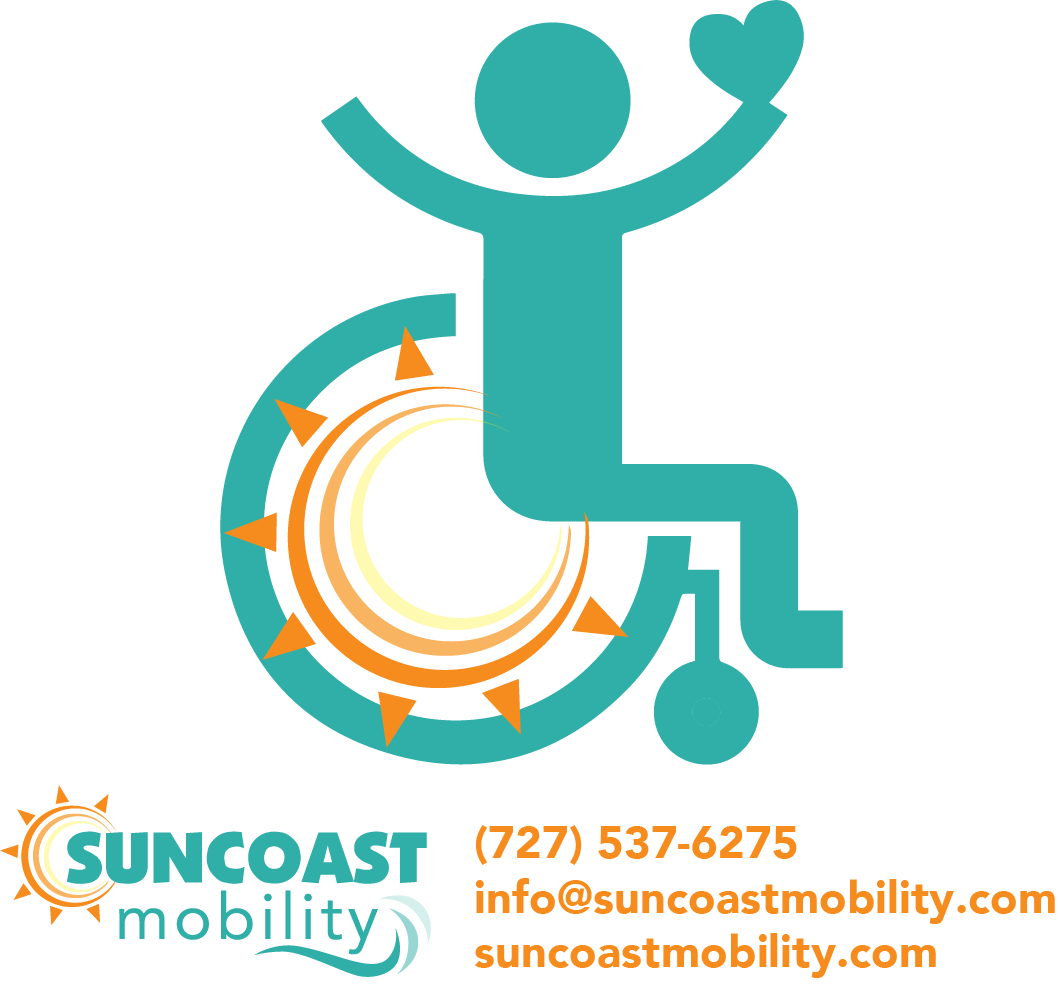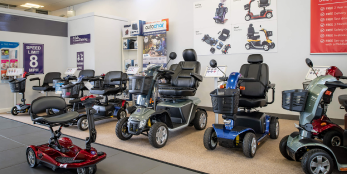Choosing between a 3-wheel and a 4-wheel mobility scooter can feel tricky—like deciding between agility or rock-solid stability. While 3-wheel scooters offer tighter turns, easy maneuverability indoors, and lightweight portability, 4-wheel scooters give you the confidence of steadier rides on bumpy sidewalks or grassy parks. So, how do you pick? It boils down to matching your scooter to your daily routine, comfort needs, and safety priorities. Let’s simplify this choice and help you reclaim your independence and peace of mind.
Pros and Cons of 3-Wheel Mobility Scooters
So, you’re leaning towards a 3-wheel scooter, huh? Totally understandable. Those three-wheelers are slick little machines—think weaving through cluttered antique shops without knocking anything priceless over, or smoothly squeezing through tight doorways at your favorite coffee spot. And let’s not kid ourselves—they’re usually way easier to lift into the trunk or pack away quickly if you’re heading to your grandkid’s soccer game. Definitely a lifesaver if you need something travel-friendly and aren’t exactly Hercules 💪.
But here’s the deal: the flipside can’t be ignored either. Having just three wheels means you're trading off some balance. It’s fine indoors, but imagine bouncing down cracked sidewalks or over sneaky potholes in parking lots—it might give you that nervous little flutter in your stomach. If your balance isn’t top-notch, or you’re just anxious about tipping, a 3-wheel scooter could make you think twice.
| Pros | Cons |
|---|---|
| Easier maneuvering in tight spaces (super helpful indoors) | Can wobble more easily outdoors, especially on rough pavement or grass |
| Lighter and often foldable—perfect for quick getaways or travel | Lower weight limits—usually max out around 300 pounds or so |
| Easier on your wallet, typically cheaper than their 4-wheeled cousins | Stability isn’t their strong suit, particularly if safety worries are a big deal for you |
Side-by-Side Features: 3-Wheel vs. 4-Wheel
Let’s strip away all the fluffy talk and get down to brass tacks:
| Feature | 3-Wheel Scooter 🚲 | 4-Wheel Scooter 🚙 |
|---|---|---|
| Stability | Okay, but a tad wobbly ⚠️ | Rock solid, even outdoors ✅ |
| Turning | Turns on a dime (indoors) ✅ | Like steering a battleship 🛑 |
| Portability | Easy-breezy fold & go ✅ | A bit cumbersome & heavy ⚠️ |
| Terrain | Mostly smooth surfaces 🛑 | Handles rough ground easily ✅ |
| Weight Limit | 250–300 lbs avg. ⚠️ | Usually 350–400 lbs ✅ |
| Battery Life | 8–12 miles per charge ⚠️ | Often 12–20 miles range ✅ |
| Cost | Friendlier on your wallet ✅ | A bit pricier ⚠️ |
Which Scooter Type Feels Safer?
If we’re being real, "safe" depends a lot on what kind of life you lead. Yeah, four-wheel scooters tend to win on stability—they sit firm like a steady oak, especially on uneven surfaces. If your biggest worry is tumbling or tipping, four wheels probably feel better, period.
But hold on a sec—three-wheelers aren’t death traps. Not even close. They’re actually pretty safe indoors where ground’s flat and corners tight.
Ultimately, safety boils down to how and where you’ll ride. Trust your gut on this—you're the expert on your own comfort.
How to Choose a Mobility Scooter That Matches Your Lifestyle
Forget the charts for a minute. Let’s think about your daily routine—real-life scenarios that make your choice clearer:
🏠 Indoor Life (Apartments, Condos, Assisted Living)
3-wheelers shine here. Glide through small doorways, crowded dining halls, elevators—you name it, they’re made for tight spaces.
🌲 Outdoor Enthusiast (Park Trails, Gardens, Neighborhood Walks)
Four-wheelers are champs outdoors. Gravel, grass, potholes—you can tackle all with peace of mind, not gritting your teeth the whole way.
✈️ Frequent Traveler (Cars, Planes, Cruises)
Three-wheel scooters usually pack lighter and fold easier. Easier to toss into trunks or store in tiny hotel rooms without too much hassle.
👵🏾 Prioritizing Safety (Elderly or Balance Concerns)
Hands down, 4-wheelers. More wheels, more stability. Less anxiety. More freedom to actually enjoy riding without worry.

How to Choose the Right Mobility Scooter: Advice That Actually Helps
Let’s face it—picking out a mobility scooter isn’t like grabbing toothpaste off a shelf. It’s a big decision, and it’s personal. You’re not just buying a scooter; you’re investing in independence, confidence, and peace of mind. No pressure, right?
Here’s what I'd recommend doing first:
- Think about your daily life. Where do you spend most of your day? Inside, buzzing around hallways and rooms, or out exploring parks, sidewalks, and farmers markets? A scooter for tight spaces might be essential indoors, but if you love the open air, a stable scooter for outdoor terrain will become your new best friend.
- Know your weight limits clearly. Don't just guess—find the exact weight capacity. There's no embarrassment here, folks—your safety and comfort depend on it. If you choose a scooter too close to your weight limit, it won't feel stable. Aim for a scooter that's got room to spare.
- Take a test drive (please!). Seriously, never buy without a spin. How’s the turning radius mobility scooter feature working for you? Can you easily control the steering? How about comfort—is your back supported, your legs comfortable, your arms relaxed? Take your time, test multiple models, and listen to what your body says.
- Battery matters (a lot). Let’s say you love long park visits or trips to grandkids’ soccer games. You don’t want the battery dying halfway there. Find out the scooter battery range, and add some wiggle room to whatever your typical day might require.

3-Wheel vs. 4-Wheel Scooter Comparison Table
Quick visuals are your friend, especially when it’s decision time. Here’s an easy-peasy breakdown:
| Feature | 🛵 3-Wheel Mobility Scooter | 🛺 4-Wheel Mobility Scooter |
|---|---|---|
| Stability | Moderate (good indoors) ⚠️ | Excellent (all terrains) ✅ |
| Maneuverability | Superb indoors & tight spots ✅ | Tougher in narrow spaces 🛑 |
| Portability | Lighter, usually foldable ✅ | Heavier, bulky (less portable) ⚠️ |
| Outdoor Performance | Smooth surfaces best ⚠️ | Handles rougher ground ✅ |
| Weight Capacity | Typically up to ~300 lbs ⚠️ | Usually up to 400 lbs+ ✅ |
| Battery Range | 8–12 miles average ⚠️ | 12–20+ miles average ✅ |
| Pricing | Budget-friendly ✅ | Usually more expensive ⚠️ |
❓ Is a 3-wheel scooter safe enough for an elderly user?
❓ Which scooter typically lasts longer, 3-wheel or 4-wheel?
❓ Can I confidently use my 3-wheeler outdoors?
❓ Do Medicare and insurance typically cover mobility scooters?
❓ What's the difference between front-wheel and rear-wheel drive scooters?








